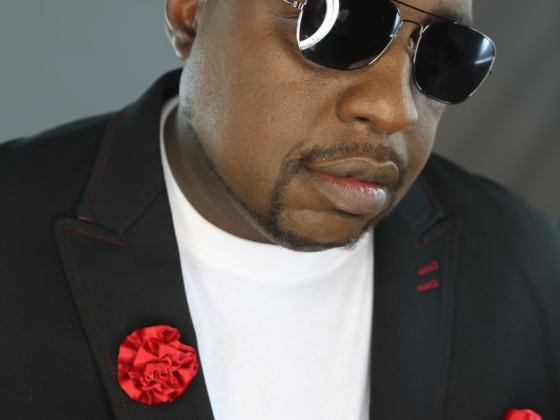On his electrifying new single, “Dancing in the Dark – VS Pop™,” US-based Indian composer CR Srikanth reaffirms his place as a boundary-pushing force in modern pop. The track is a radiant embodiment of the genre he coined – VS Pop™ (Very Smooth Pop) – where nostalgic ‘80s synths meet orchestral drama and cinematic scope. Featuring vocalist Junior Paez, the song unfolds as both a retro-futuristic dancefloor filler and an introspective anthem, built on a foundation of pulsing analog basslines, shimmering arpeggios, and thunderous electronic percussion.
Lyrically, “Dancing in the Dark” explores themes of emotional disorientation and the search for clarity in uncertain times. The repetition of lines like “Don’t you think you’re losing your mind again?” serves as both a confession and confrontation – a mirror held up to the listener in moments of internal chaos. Yet, amid the turmoil, the chorus offers an uplifting lifeline: “Hold on / I’ll take you a little higher tonight.” It’s a mantra of resilience, urging us to find movement, release, and connection even in the metaphorical dark. The song’s euphoric build and release mirror this emotional arc, transforming vulnerability into catharsis.
CR Srikanth’s deft command of musical contrast – electronic vs orchestral, intimate vs cinematic – makes “Dancing in the Dark” not just a stylistic triumph but a soulful one. As a Berklee-trained composer fluent in both Western and Indian classical traditions, CR Srikanth injects some much-needed depth into the pop format, crafting a track that’s as intellectually rewarding as it is danceable. Whether soundtracking a moment of personal reckoning or igniting a late-night crowd, “Dancing in the Dark” reminds listeners that even in life’s hazy moments, there’s power in choosing to keep moving.
Connect with CR Srikanth: Instagram











